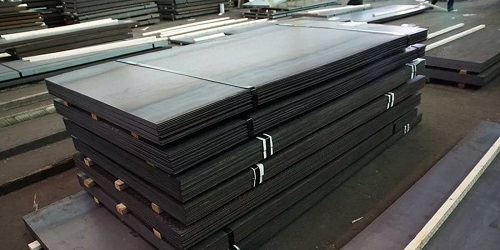1. What is pressure vessel steel plate?
Boiler pressure vessel steel plates are a large category of steel plates. Pressure vessel plates are used to manufacture steam boilers, pressure vessels and other pressure vessel structural parts. This type of steel plate is subjected to certain air and water pressures, as well as different temperature environments, such as high, medium and low temperatures, so the requirements for this type of steel plate are relatively strict.Pressure vessels are equipment with specific functions and withstand certain pressures in industrial production, including storage and transportation containers, reaction containers, heat exchange containers and separation containers.
Pressure vessel steel plates are key materials for manufacturing pressure vessel shells, including carbon steel, carbon manganese steel, microalloy steel, low alloy high strength steel and low temperature steel. Pressure vessel steel plates are special materials related to the national economy and people's livelihood, and are short-term products in the metallurgical industry.
2. Types and heat treatment of pressure vessel steel plates
(1) Types: According to composition, they can be divided into two categories: carbon steel plates and alloy steel plates; according to strength, they can be divided into high, medium and low pressure steel plates; according to the use environment, they can be divided into high, medium and low temperature steel plates and corrosion-resistant steel plates.(2) Heat treatment: hot rolling, normalizing, controlled rolling, annealing, tempering and normalizing, quenching and tempering.










